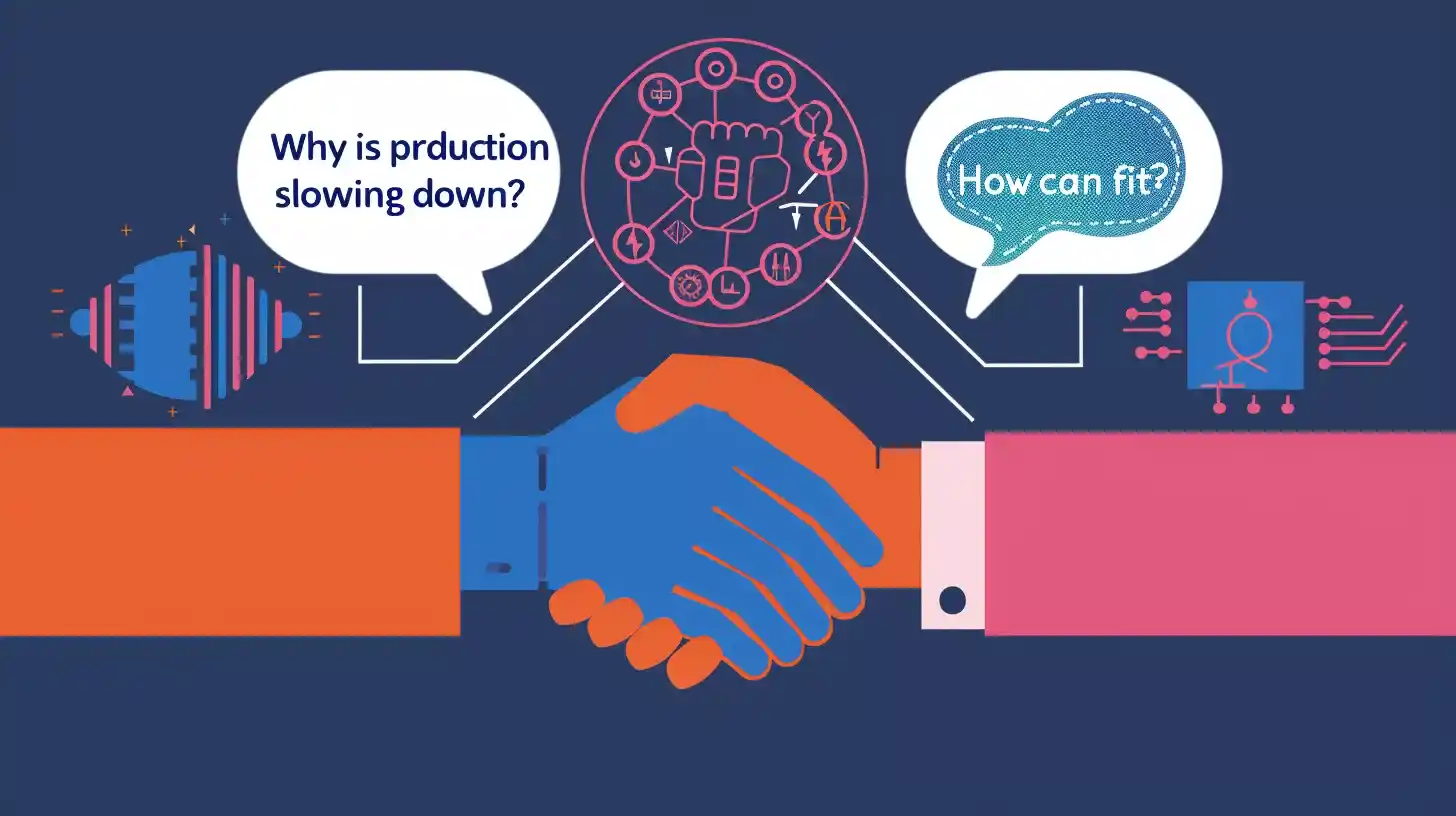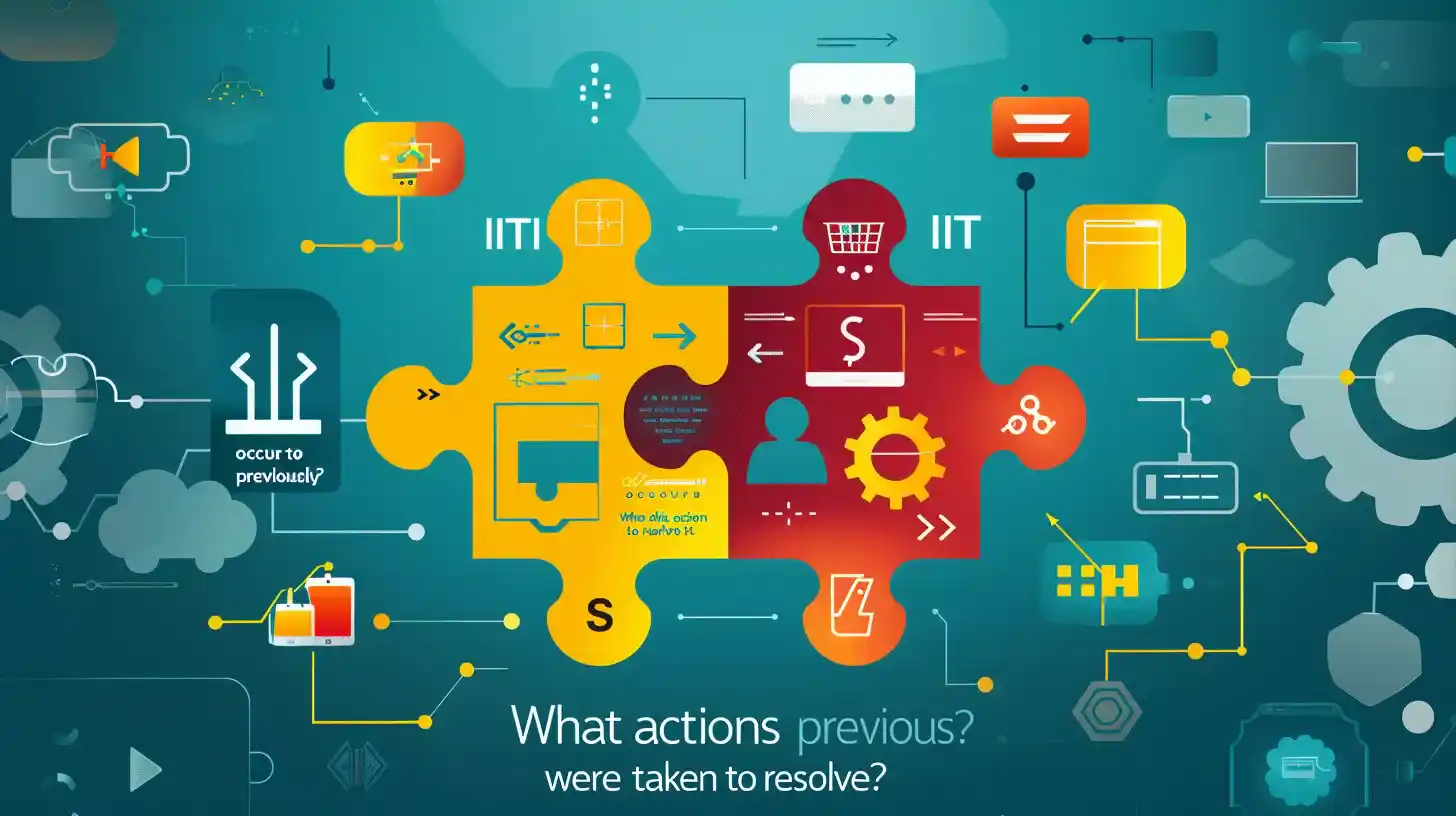Table of Contents
For decades, traditional AI has excelled at crunching numbers, identifying patterns, and delivering predictions based on probabilities. Now, a new frontier emerges with generative AI. This exciting technology unlocks the potential of numerical AI by enabling interactive verbal inquiries, transforming how humans interact with industrial processes.
Generative AI: Unveiling the Black Box of Traditional AI
Peter Zornio, senior VP and CTO for Emerson highlights how generative AI acts as a bridge, connecting the previously opaque world of traditional AI with human understanding. He explains that these two forms of AI represent opposite ends of a spectrum, with numerical models forming the foundation of one and language-based models forming the other. However, the key difference lies in how we interact with them.

While traditional AI excels at analyzing numerical datasets, generative AI development leverages vast collections of documents, images, and other forms of data. This convergence is creating groundbreaking opportunities, particularly in industrial settings. Imagine an operator asking a simple question: “Hey computer, why is production slowing down on this unit? How can I fix it?”
The Power of Natural Language Interaction
Generative AI unlocks immense potential for improved productivity and faster troubleshooting, with generative AI development services creating solutions that enhance communication and decision-making. It allows for a natural way of interacting with complex systems, mimicking how you might consult an experienced engineer. Traditionally, such a scenario would involve consulting an expert like “Fred” from engineering, who would analyze production trends and offer insights based on years of experience.
Zornio explains that Fred’s expertise comes from a “model” he has built mentally over his 30 years of experience. Generative AI replicates this process by interacting with numerical-based AI through natural language. It achieves this by:
- Analyzing historical data: The AI examines past operational data, searching for similar situations with matching production patterns.
- Scientific deduction: Using this historical context, the AI suggests potential causes for the slowdown.
- Offering solutions: Based on past interventions, the AI recommends a set of actions most likely to resolve the issue.
Building a Comprehensive Product Support System
This “end-to-end AI” approach paves the way for powerful product support systems. By integrating user manuals, support interactions, and other resources, companies can create a system that users can directly query for answers.
Real-World Applications Across Industries
Generative AI offers transformative benefits across various industries, from discrete manufacturing (automobiles) to process manufacturing (petrochemicals). Even the winemaking industry can leverage this technology. Imagine a winemaker asking, “Why was this year’s vintage superior to last year’s?” The AI could analyze various factors like temperature, sugar content, grape acidity, and fermentation duration, alongside environmental data like sunlight and rainfall, to identify potential causes for superior quality.

Generative AI: A Bridge Between Operational Technology (OT) and Information Technology (IT)
Zornio emphasizes that AI’s true potential lies in its ability to act as an assistant, facilitating interaction with existing data models. This interaction can extend beyond numerical data to include the valuable insights captured in operator logs. By integrating these logs, the AI can answer questions like:
- “Where did this problem occur previously?”
- “What actions were taken to resolve it?”
Unlocking these benefits requires a crucial step: fostering collaboration between traditionally siloed departments – OT and IT. Data is the cornerstone of this collaboration. Traditionally, these teams have operated with different data formats and implementation philosophies. However, moving forward, a more unified approach is essential.
The Call for Seamless Data Integration
Zornio stresses the need for an architecture that seamlessly transfers data between the OT and IT worlds. This becomes even more critical when considering cloud-based AI systems, where interaction often involves language-based models like OpenAI.
By embracing generative AI and fostering collaboration between OT and IT, industries can unlock a new era of operational efficiency, problem-solving, and knowledge accessibility.